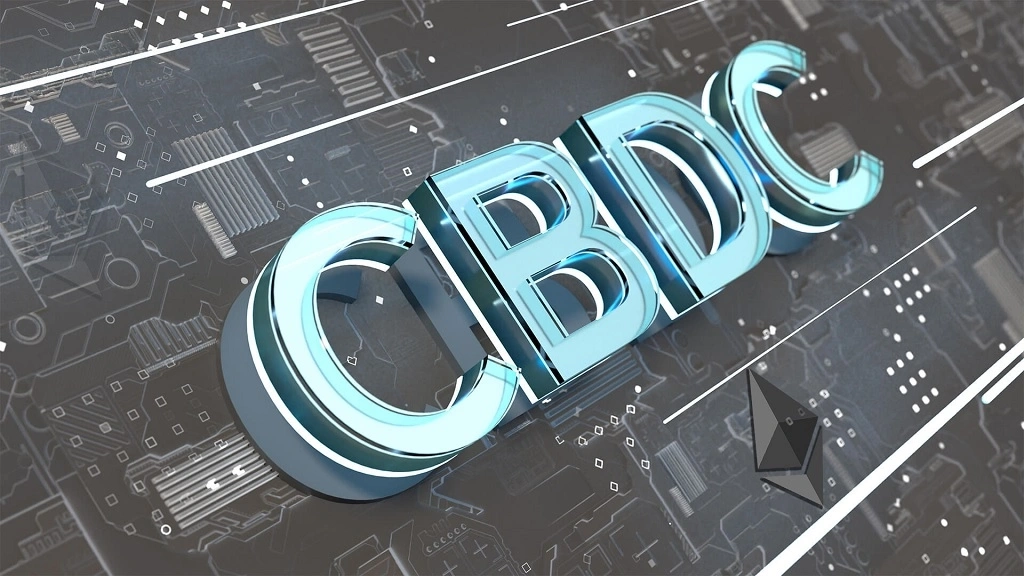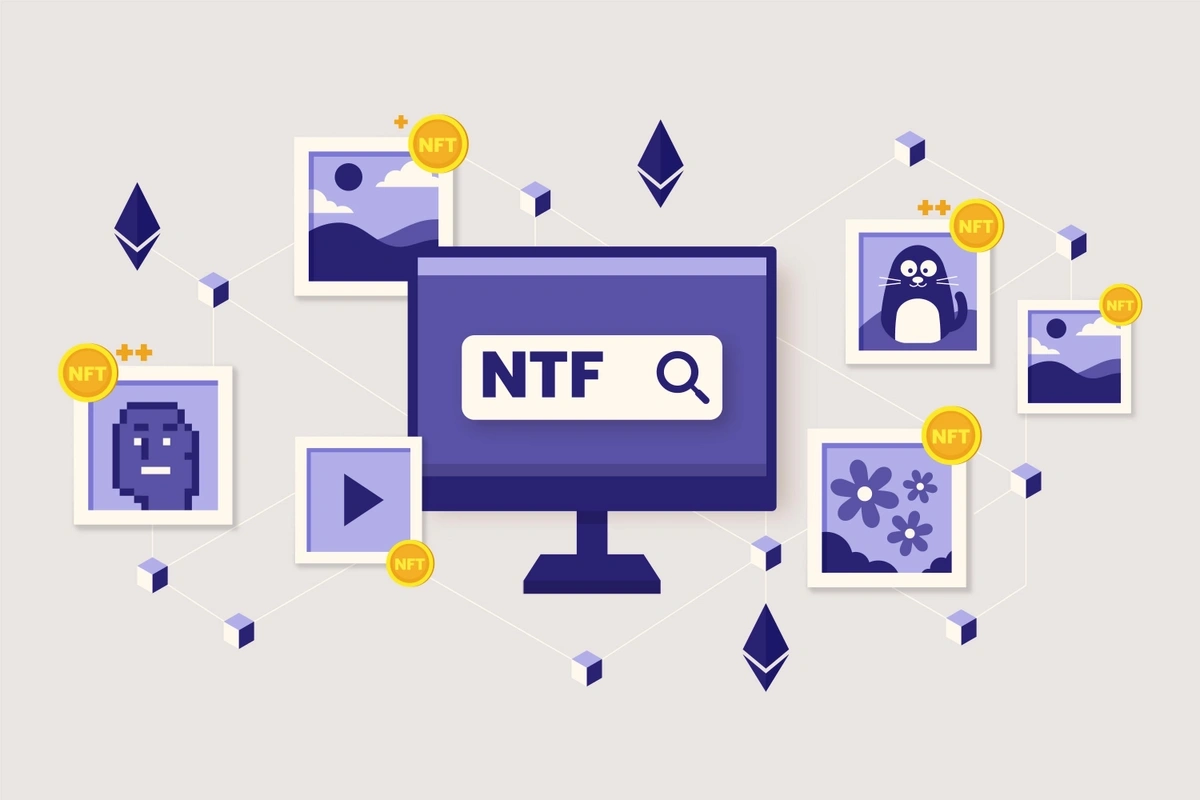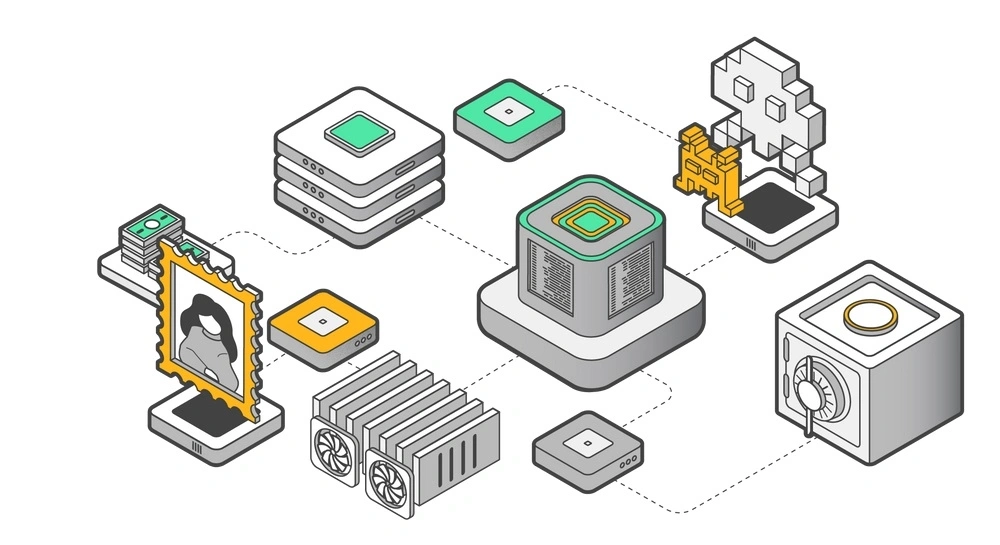Central Bank Digital Currencies (CBDCs) are digital versions of a country's official currency, issued and regulated by the central bank. They aim to combine the benefits of digital payments with the security and trust of traditional fiat currencies. Think of them as centralized digital currency.
What is Central Bank Digital Currency (CBDC)?
Central Bank Digital Currencies (CBDCs) are digital versions of a country's official currency, issued and regulated by the central bank. They aim to combine the benefits of digital payments with the security and trust of traditional fiat currencies. Think of them as centralized digital currency.
CBDC vs. Cryptocurrency vs. Stablecoin
You know how the top cryptocurrencies like Bitcoin and Ethereum work without any central authority? They're decentralized and rely on a network of users to validate transactions. Stablecoins are another type of crypto, but they’re a bit different as they are tied to stable assets like the U.S. dollar to keep their value steady. Tether and USD Coin are good examples of this.
Now, when we talk about CBDCs, they are issued and regulated by the government, making them more secure and stable. Essentially, they aim to combine the digital convenience of cryptocurrencies with the reliability of traditional money, giving you a regulated and trusted way to make digital payments.

Reasons for the Emergence of CBDCs
Increasing Digitalization of Finance
As financial transactions shift online, a need has emerged for a secure, state-backed digital version of cash. CBDC crypto provides this, maintaining the trust and stability of traditional money while adapting to a digital world.
Response to the Rise of Cryptocurrencies
Cryptocurrencies like Bitcoin and Ethereum operate outside government control, posing risks such as volatility and misuse. CBDCs offer a regulated, stable alternative, leveraging the benefits of digital currency while ensuring financial security.
Enhancing Financial Inclusion
Many people lack access to basic financial services. CBDCs can bridge this gap by providing digital wallets that allow for easy money storage, transfer, and payments, helping more people participate in the financial system.
Improving Payment Systems Efficiency
Current payment systems can be slow and costly. CBDCs can make transactions faster, cheaper, and more secure, particularly for cross-border payments, reducing transaction times and fees.
Reducing Dependency on Cash
As cash usage declines, there's a need for a digital alternative. CBDCs can reduce the costs and risks associated with physical cash, such as theft and management expenses.
Strengthening Monetary Policy
CBDCs give central banks more precise tools for implementing monetary policy, such as direct stimulus payments. They also help track and analyze economic activity more effectively.
Enhancing Cross-Border Payments
Cross-border transactions are often slow and expensive. CBDCs can streamline these processes, making international payments faster and cheaper by reducing the need for intermediaries.
Combating Financial Crime
CBDCs help improve transaction transparency and traceability, aiding in the fight against money laundering, tax evasion, and terrorism financing. However, focusing on transparency does not mean sacrificing user privacy, as CBDCs also prioritize security.
Types of CBDCs
We can combine these sections into a single, cohesive explanation. Here’s how that looks:
Types of CBDCs: Retail vs. Wholesale
Central Bank Digital Currencies (CBDCs) come in two primary forms: retail and wholesale, each serving different purposes and user groups.
Retail CBDCs
Retail CBDCs are designed for everyday use by the general public. They function similarly to physical cash but in a digital format. These digital currencies can be held in digital wallets and used for a variety of transactions such as daily purchases, online shopping, and peer-to-peer payments. The aim is to provide a secure, efficient, and accessible alternative to traditional cash, especially as more transactions move to digital platforms.
Characteristics and Use Cases:
- Can be used for day-to-day transactions, such as buying goods and services.
- Seamlessly integrates into e-commerce platforms, providing a secure and efficient payment method online.
- Makes peer-to-peer easier and faster, potentially lowering transaction costs compared to traditional methods.
Wholesale CBDCs
Wholesale CBDC digital currency, on the other hand, are intended for use by financial institutions rather than the general public. They are particularly useful for large-scale transactions and interbank settlements, enhancing the efficiency and security of these high-value transactions. Wholesale CBDCs help streamline processes in the financial sector, reducing settlement times and costs, and improving cross-border payment systems.
Characteristics and Use Cases:
- Used for central bank crypto trading, interbank payments, transferring large sums of money between banks, improving the speed and reliability of these transactions.
- Enhances the efficiency of cross-border transactions by reducing the need for multiple intermediaries in international payments.
- Optimizes financial settlements, ensuring quicker and more secure transfers of funds between institutions in financial markets.
How CBDCs Work
There are two main ways that CBDCs function, using blockchain technology or centralized systems. The CBDC blockchain is a digital ledger book that everyone can see but no single person controls. Transactions are recorded across many computers, making it secure and transparent. On the other hand, centralized systems work like your traditional bank's ledger, but in a digital format. The central bank manages this single database, recording all transactions in one place.
CBDC Distribution Models
There are three primary ways CBDCs can be distributed:
- Direct Model: Here, the central digital currency is given directly to you. Think of it as having an account directly with the central bank instead of a commercial bank.
- Indirect Model: In this model, the central bank distributes the digital currency through commercial banks and financial institutions. It's similar to how our current banking system works, where banks manage your accounts and transactions.
- Hybrid Model: This combines the best of both worlds. The central bank issues the digital currency and oversees the system, but commercial banks and intermediaries handle customer interactions and transactions.

Examples of CBDC Implementations
China’s Digital Yuan
China's CBDC token, known as the Digital Yuan or e-CNY, began its pilot testing in 2019. This CBDC currency uses a hybrid model, where the People's Bank of China (PBOC) issues the digital currency, and commercial banks and payment institutions distribute it to users. The e-CNY is integrated into China's extensive mobile payment ecosystem, working alongside platforms like WeChat Pay and Alipay. By mid-2023, the e-CNY had been adopted in 26 cities and 5.6 million merchants.
Sweden’s e-Krona
Sweden's e-Krona project began in 2017, with its pilot phase starting in 2020. The e-Krona is designed to be an efficient alternative to cash, particularly in a society where cash usage is rapidly declining.
The Riksbank, Sweden's central bank, has been exploring both blockchain and centralized systems to determine the best approach. The project is currently in its third phase, testing various technical solutions and integration methods with existing payment systems.
The Bahamas’ Sand Dollar
The Sand Dollar was launched in October 2020 by the Central Bank of The Bahamas, making it the world’s first fully operational CBDC digital currency. The Sand Dollar uses a hybrid model where the central bank issues the currency, and authorized financial institutions distribute it. By 2023, over 100,000 mobile wallets had been created, and more than 1,500 businesses were accepting Sand Dollars.
The Bahamas has integrated the Sand Dollar with commercial banks’ online platforms, allowing users to top up their digital wallets directly from their bank accounts.
The Digital Euro
The Digital Euro project, initiated by the European Central Bank (ECB), entered its preparation phase in November 2023 after concluding a two-year investigation phase. The project aims to create a digital version of the euro that can be used across the euro area for payments both online and offline.
The ECB is exploring various technical solutions and legal frameworks to ensure the digital euro is secure, widely accepted, and easily accessible. This phase is expected to last two years, during which the ECB will refine the digital euro’s design and distribution methods





